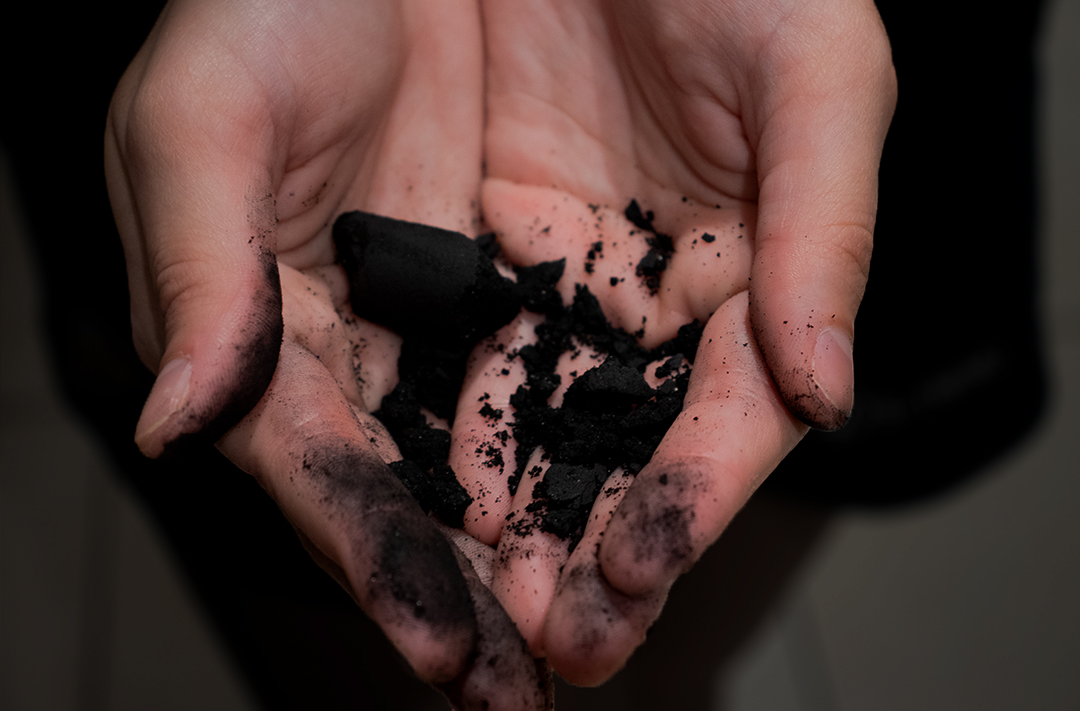We have been exposed to pica as a form of entertainment from time to time on popular television shows like My Strange Addiction. Despite seeing it regularly in these characters, serious discourse on the eating disorder is lacking in the West.
Typically defined as the consumption of non-nutritive substances, pica is more commonly found in children and pregnant women. Most common substances ingested include things like soil, coal, chalk, soap, starch, and paper. Other less-frequently consumed things include glass, light bulbs, metal objects, rocks, faeces, plastic, and the list goes on.
Studies suggest that ten to thirty per cent of children aged between one and six eat non-nutritive substances, however they aren’t necessarily suffering from pica, as they are still unable to differentiate between foods and inedible substances.
The causes for what triggers pica remain unclear. However, evidence as early as 1985 suggests a pattern of pica among children and adults with intellectual and developmental disabilities, such as autism. On rare occasions, pregnant women crave strange, nonfood items.

Although the eating disorder is mildly recognised, there has never been a legitimate study on the prevalence of pica within Australia. That was until last year where Kuroush Areshirian and Doland Howarth released their study on the prevalence of pica.
In their study, they confirmed that a considerable number of children partake in eating non-consumable substances. The study assessed the prevalence of pica in an Australian rural community, using a questionnaire given to parents of 223 children aged between two and ten attending the five general practice surgeries in the shire. The results showed prevalence of non-ice pica in the study group was 9.4 per cent, and 3.6 per cent of this group ate soil.
Donald Howarth, who co-conducted this study, is also currently involved in more extensive research on pica, examining 600 children over three sites in Western Australia.
“In our first study, there was about four per cent of children who ate things like soil, now in our bigger study, once again we get about five per cent of children regularly eating these substances,” he said.
He explains that the consumption of soil has been observed throughout human history all over the world but tends not to be looked for in countries like Australia.
“There’s a lack of understanding why it should be that no one has an actual explanation for the consumption of soil and or that if there’s any advantage of doing so,” Dr Howarth explained.
“The fact that it occurs universally through
all cultures would suggest that it does have
some advantage" Says Dr Howarth
“That is when I got into coal.”
Ayeh consumed coal about three or four days a week for over six months, until her high school peers discovered her eating habit. Her embarrassment drove her to become more conscious of her eating habit.
Over the years Ayeh consumed substances like charcoal, clay, chalk, gyprock, and cornstarch. Her sister, Rula, ate clay, chalk, and cornstarch

Rula described the first time she ate clay which was during her art class when she was fifteen. “I was playing with the clay during class, and I recall just feeling the texture and wanting to eat it,” Rula told Hatch.
“I ended up taking a small chunk of clay home with me. I sliced it into thin sheets and began eating it – this went on for a few months until my friends discovered a bit of remaining clay I had forgotten about in my pocket.” She said.
Since their iron shots, the sisters have not craved their regular non-nutritive substances.
Dr Howarth told Hatch “We tend to frown on using case reports, but there have been some where people with iron deficiency would have their iron levels fixed and sort of immediately they stop eating those non-food substances.”
“So far, no one’s found a solid explanation for this behaviour. There are many attempts and finding an explanation, but no one’s found one that is convincing and explains it across all cultures and even other species,” he said.
Dr Howarth suggests some of these non-edible foods, namely soil could have some advantage.
“When you see birds eating clay from a particular spot generation after generation you have to assume it has some advantage and with the earliest evidence of people eating soil being in east Africa which dates back tens and thousands of years, you can see humans have been eating [non nutritive substances] for that sort of period,” Dr Howarth reported.
Dr Howarth’s current study is finding a relationship between children eating non-consumable substances such as soil and aspects of health, namely allergies.
“There’s much evidence that allergies in the Western world have been brought about by being too clean,” he told Hatch.
“Our whole language is wrapped around our sense of cleanliness.”
This concept relates to the hygiene hypothesis which was kicked off by David P Strachan, a professor of epidemiology in the British medical journal, as early as 1989.
The hygiene hypothesis suggests that being exposed to what many would call unclean conditions is good for a child’s immune system. Children who are kept in very clean environments have a higher rate of hay fever, asthma and a wide range of other conditions.
Graham A. W Rook is a worker who has produced a modern version of the hygiene hypothesis that takes account of what we have learned about immunology since Strachan.
His study highlights that there are many bacteria that we have evolved with and when we lack these bacteria our immune system is unrestrained and does damage by attacking benign things such as pollens. If, however, we have a healthy load of bugs they suppress our immune system enough that they can survive and in the process, we have the advantage of not reacting to pollens.
Despite the expert claims of potential advantages from consuming non-edible/earthly substances for the immune system, the primary causes behind Pica remain unclear.
–Simran Popal
Edited by Denby Weller.


